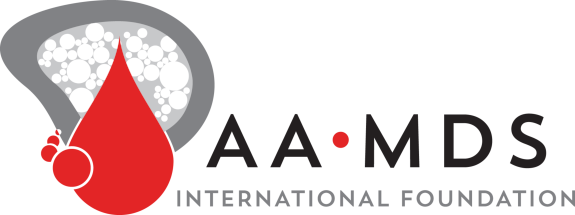Different Types of Communities You Can Start
A primary advantage of Community Connections is that you are free to design the community you want according to the needs and preferences of your members. The structure and activities you engage in are entirely up to you. Whatever form they take, the one thing these groups have in common is the significant value that comes with bringing patients and families together to help each other manage and cope with bone marrow failure disease.
AAMDSIF will be there to support your Community Connection. We can help you get it started and organized and also connect you with other patients and families. And we can provide you with the support, resources, advice and information you need to be successful.
Here are some types of communities you can start:
Patient Support Group
These groups will meet on a regular basis so that members can connect and talk about the issues that are most important to them and share their experiences. Members of these groups determine whether they want to meet informally at convenient intervals or arrange regularly scheduled meetings.
Enhanced Patient Support Group
What differentiates these groups is that they’ll also invite local health care professionals to their meetings to talk to about a topic of particular importance to them. The group may decide to form a partnership with a local health facility to tap into their resources for support and medical information. With the addition of an invited speaker, these groups may be a bit more formal in structure.
Awareness and Fundraising Group
These groups focus on a specific event or activity. Even as they develop their campaigns, these individuals reap the rewards of peer support and information exchange, but in a less formal way than patient support groups. Members may plan a March for Marrow walk, golf tournament, silent auction, bowling event, yard sale, restaurant or picnic fundraiser. There are countless creative ways to raise money for AAMDSIF programs and services, while simultaneously spreading awareness in the community. These groups work best when they create an event based on their interests and skills. While some prefer to focus on awareness activities with local media and health professionals, others plan fundraising events at work and community centers or in combination with other local activities like sporting events and parades.
Advocacy Group
For those who want to stand up for the cause, your participation is welcomed on the frontlines of advocacy for bone marrow failure education and research. Whether you are a patient, family member, friend or volunteer, there's important work to be done persuading local representatives and senators to support legislation related to the we do. Advocates also reach out to other communities in their county and state to raise awareness, as well as encourage others to advocate to their own elected officials.

